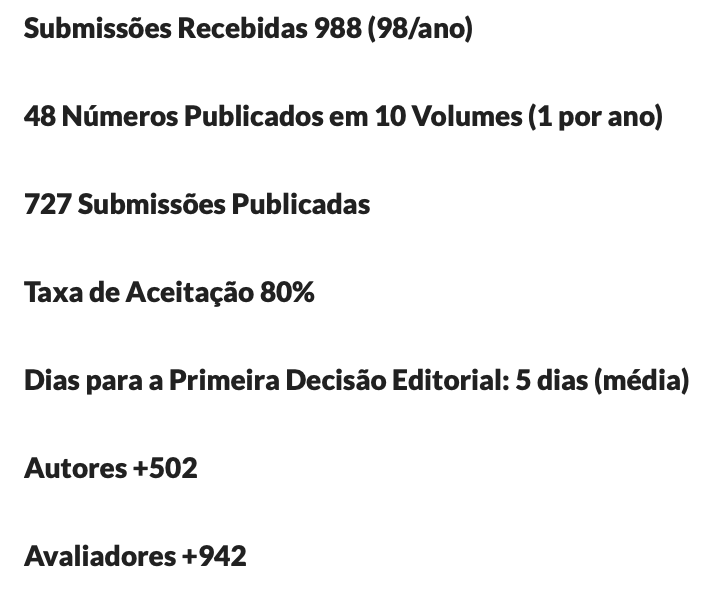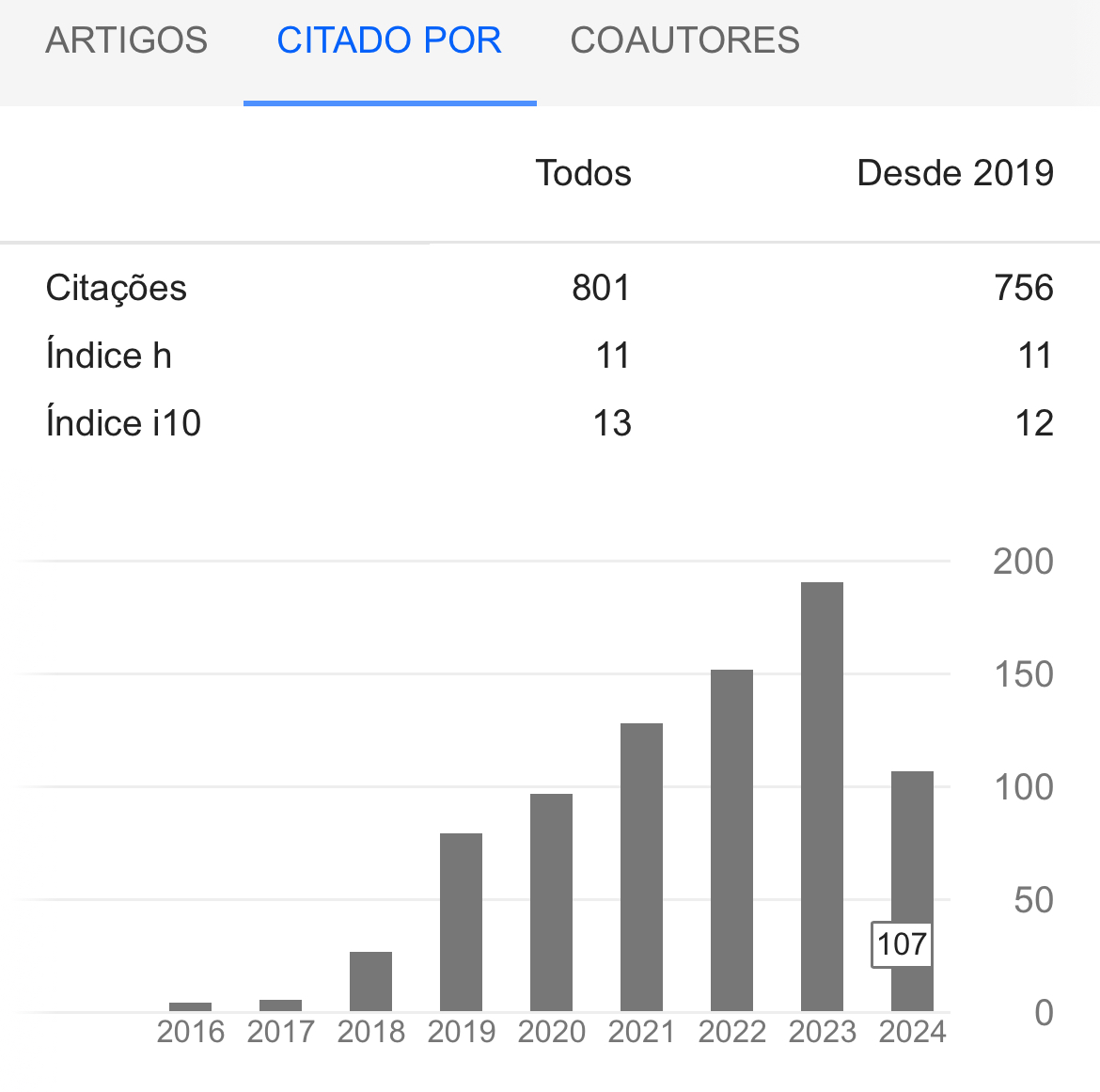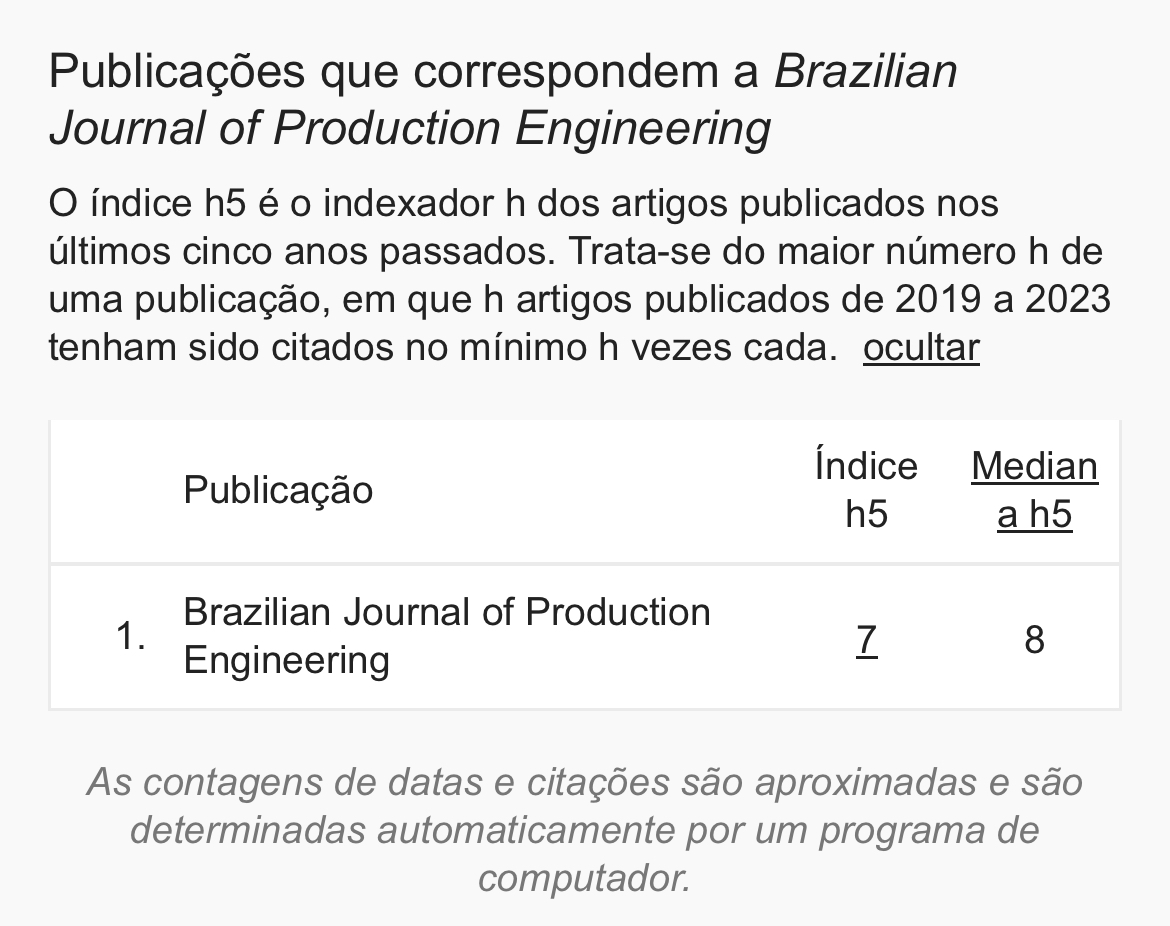Extraction and chromatographic analysis of the Nematicide Cadusafos
Keywords:
Rugby, CG-MS, Pesticide, Sample PreparationAbstract
In agriculture, the use of nematicides is a common practice as a corrective measure for crop protection, since the infestation of soils and roots by phytonematoids can cause great damage. Cadusafós (active ingredient of Rugby 200 CS) is one of the main pesticides used to control nematodes. The present work aimed to develop an extraction and analysis method for the Cadusafós, in soil samples, using the gas chromatography technique coupled to mass spectrometry (CG-MS), for quantification. The extraction efficiency of different solvents (dichloromethane (DCM), hexane (HEX), acetonitrile (ACN) and ethyl acetate (AcEt)) was tested, as well as the effect of adding NaCl during the extraction, in order to identify the best conditions for sample preparation. The preparation procedures for the doped samples (with Rugby 200 CS), fortified (with Cadusafós analytical standard), in two levels of concentration, extraction, as well as the calibration and instrumental determination in the CG-MS (Shimadzu QP2010) were studied. In the tests performed, it was found that the AcEt is efficient for extracting Cadusafós from the samples. Two soils and doped or fortified portions were analyzed to evaluate the performance of the method, which showed satisfactory recovery and precision (<10%), without the need for a cleanup step before the chromatographic determination.
Downloads
References
Araújo, F. F., Bragante, R. J., & Bragante, C. E. (2012). Controle Genético, Químico e Biológico de Meloidoginose na Cultura da Soja. Pesquisa Agropecuária Tropical, 42(2), 220- 224.
Campos, V. P. (1999). Manejo de doenças causadas por fitonematóides. Lavras, MG: UFLA/FAEPE.
Collins, C. H., Braga, G. L., & Bonato, P. S. (2006) Fundamentos de cromatografia. In: Fundamentos de cromatografia. Campinas, SP: Unicamp.
Dias, W. P., Garcia, A., Silva, J. F. V., & Carneiro, G. E. de S. (2010). Nematoides em Soja: Identificação e Controle. Circular Técnica 76, 8p. Londrina: Embrapa.
Diez, C., Traag, W. A., Zommer, P., Marinero, P., & Atienza, J. (2006). Comparison of an acetonitrile extraction/partitioning and “dispersive solid-phase extraction” method with classical multi-residue methods for the extraction of herbicide residues in barley samples. Journal of Chromatography A., 1131, 11 - 23.
Elshafei, G.S., Nasr, I. N., Hassan. A. S. M., & Mohammad, S. G. M. (2009). Kinetics and thermodynamics of adsorption of Cadusafós on soils. Journal of Hazardous Materials 172, 1608-1616.
FAO, Organização das Nações Unidas para Alimentação e Agricultura. Cadusafós (2010). Disponível em http://www.fao.org/fileadmin/templates/agphome/documents/Pests_ Pesticides/JMPR/Evaluation10/Cadusafós.pdf
Faria, A. M., Dardengo, R. P., Lima, C. F., Neves, A. A., & Queiroz, M. E. L. R. (2007). Determination of disulfoton in surface water samples by cloud-point extraction and gas chromatography. International Journal of Environmental Analytical Chemistry, 87, 249-258.
Gontijo, I., Santos, E. O. J., Partelli, F. L., Gontijo, A. B. P. L., & Pires, F. R. (2016). Determination of homogeneous zones for liming recommendations of black pepper using geostatistics. Revista Brasileira de Engenharia Agrícola e Ambiental, 20(10), 918-924.
Goulart, S. M., Alves, R. D., Paula, W. X., Queiroz, J. H., Neves, A. A., & Queiroz, M. E. L. R. (2012). Determination of Carbamates in Beverages by Liquid-Liquid Extraction with Low Temperature Partitioning and Liquid Chromatography. Journal of the Brazilian Chemical Society, 23(6), 1154-1165.
Instituto Biológico (2018). Nematoides Parasitas do Cafeeiro. Boletim Técnico 32, 30 p. São Paulo: Secretaria de Agricultura e Abastecimento de São Paulo. Disponível em http://www.biologico.agricultura.sp.gov.br/uploads/files/pdf/Boletins/cafe/nematoides_parasit os_cafeeiro.pdf
Karpouzas, D. G., Fotopoulou A., Menkissoglu-Spiroudi U., & Singh B. K. (2005). Non- specific biodegradation of the organophosphorus pesticides, Cadusafós and ethoprophos, by two bacterial isolates. FEMS Microbiology Ecology, 53, 369-378.
Karpouzas, D. G., Karanasios E., & Menkissoglu-Spiroudi, U. (2004). Enhanced microbial degradation of Cadusafós in soils from potato monoculture:demonstration and characterization. Chemosphere, 56, 549-559.
Lanças, F. M. (2003). Cromatografia em fase gasosa. [S.l.]: Acta, v. 1.
Marcuzzo, K. V., Dos Santos M. A., Juliatti, F. C., Melo, B., & Severino, G. M. (2000). Uso de nematicidas no controle de Meloidogyne incógnita e M. exígua em cafeeiro, no município de Indianópolis, MG. In: Anais do Simpósio de Pesquisa dos Cafés do Brasil, Poços de Caldas: Embrapa Café, 260-262. Disponível em: http://www.sbicafe.ufv.br/handle/123456789/688.
Nguyen, T. D., Han, E. M., Seo, M. S., Kim, S. R., Yun, M. Y., Lee, D. M., & Lee, G. H. (2008). A multi-residue method for the determination of 203 pesticides in rice paddies using gas chromatography/mass spectrometry. Analytica Chimica Acta, 619(1), 67-74.
Pareja, L., Niel, S., Vryzas, Z., González, J., Cesio, M. V., Mourkidou, E. P., & Heinzena, H. (2015). Comparison and evaluation of two methods for the pesticide residue analysis of organophosphates in yerba mate. Revista Brasileira de Farmacognosia, 25(2), 98-104.
Ramos, H.E.A., Silva, B. F. P., Brito, T. T., Silva, J. G. F., Pantoja, P. H.B., Maia, I. F., & Thomaz, L.B. (2016). A estiagem no ano hidrológico 2014-2015 no Espírito Santo. Incaper em Revista, 7, 6-25.
RUGBY 200 CS. FMC Corporation. Disponível em: <https://www.fmcagricola.com.br/ Content/Fotos/Bula_Rugby_200_cs.pdf>. Acesso em: 11 de novembro de 2019.
SANTE/11813/2017. Guidance document on analytical quality control and method validation procedures for pesticide residues and analysis in food and feed. 2017, 46p. Disponível em https://ec.europa.eu/food/sites/food/files/plant/docs/pesticides_mrl_guidelines_wrkdoc_2017- 11813.pdf
Santos, P. S. (2015). Aplicação em sulco de nematicidas em soja. Dissertação de mestradro, Universidade Federal de Santa Maria, Santa Maria/RS, 2015. Disponível em https://repositorio.ufsm.br/handle/1/7622
Savary, S., Willocquet, L., Pethybridge, S. J., Esker, P., McRoberts. N., & Nelson, A. (2019). The global burden of pathogens and pests on major food crops. Nature Ecology & Evolution volume, 3, 430-439.
SBN News (2017). Uma Publicação da Sociedade Brasileira de Nematologia, 13. Disponível em: https://nematologia.com.br/files/sbnnews/News13.pdf. Acesso em: 22 de outubro de 2019.
Soares, D. F., Faria, A. M., & Rosa, A. H. (2017). Análise de risco de contaminação de águas subterrâneas por resíduos de agrotóxicos no município de Campo Novo do Parecis (MT), Brasil. Engenharia Sanitária e Ambiental, 22(2), 277-284.
Van der Hoff, G. R., & Zoonnem, P. (1999) Trace analysis of pesticides by gas chromatography. Journal of Chromatography A, 843(2), 301-322.
Downloads
Published
How to Cite
Issue
Section
License
Copyright (c) 2020 Brazilian Journal of Production Engineering - BJPE

This work is licensed under a Creative Commons Attribution-NonCommercial-ShareAlike 4.0 International License.












































































